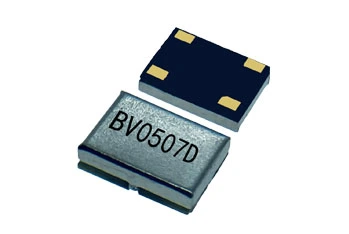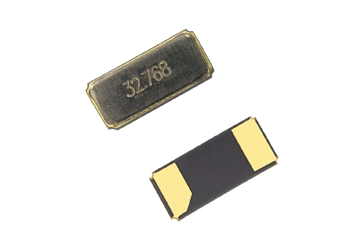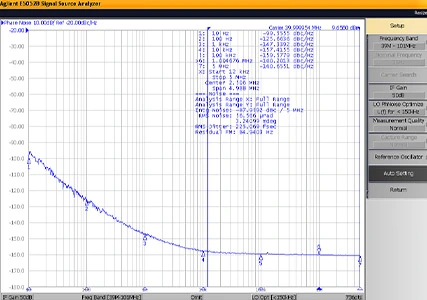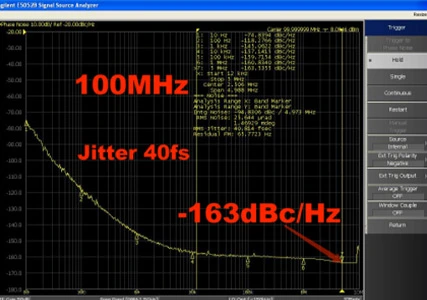Voltage Controlled Crystal Oscillator (VCXO), as a type of quartz crystal oscillator, changes the output frequency by adjusting the control voltage, making it an important clock source in electronic systems. This article will provide a detailed explanation of voltage controlled crystal oscillator from four aspects: technical principles, performance characteristics, application fields, and selection guide.
Voltage controlled crystal oscillator utilizes the piezoelectric effect of quartz crystal to change the crystal's vibration frequency by applying external voltage, thus achieving precise regulation of the output frequency. This regulation mechanism allows voltage controlled crystal oscillator to provide stable clock signals across a wide frequency range to meet the needs of various electronic systems.
Voltage controlled crystal oscillator exhibits extremely low phase noise characteristics, especially at high-frequency outputs, where its jitter level is minimal, helping to enhance system signal quality and stability.
Voltage controlled crystal oscillator supports various output modes, including CMOS, LVDS, and HCSL, with a wide frequency range. Among them, CMOS output can reach up to 245MHz, LVDS up to 2.1GHz, and HCSL up to 700MHz, meeting different needs from basic to high-speed data transmission.
Modern voltage controlled crystal oscillator design pursues miniaturization and low power consumption to suit portable devices and energy-sensitive applications. Its smallest size can reach 2.5x2.0mm, and the operating voltage can be as low as 1.8V, contributing to reducing system volume and power consumption.
Due to its excellent performance characteristics, voltage controlled crystal oscillator is widely used in multiple high-tech fields:
In military communication, navigation, and radar systems, voltage controlled crystal oscillator provides high-precision time synchronization and frequency reference, ensuring stable operation of equipment in complex environments.
In 5G base stations and wireless communication signal towers, voltage controlled crystal oscillator serves as a crucial clock source, ensuring the stability and reliability of high-speed data transmission.
In precision measurement instruments and smart monitoring systems, the low phase noise characteristics of voltage controlled crystal oscillator help to enhance measurement accuracy and monitoring effectiveness.
When choosing a voltage controlled crystal oscillator, pay attention to the following key parameters:
Select the appropriate center frequency based on application requirements to ensure the oscillator operates within the required frequency range.
Choose the appropriate output mode according to system interface and signal quality requirements, such as CMOS, LVDS, or HCSL.
Select the appropriate operating voltage based on the system power supply situation to ensure the oscillator can work normally.
Pay attention to the control range and frequency stability metrics to ensure the oscillator maintains high precision and stability during the adjustment process.
Choose the appropriate operating temperature range based on the application environment to ensure the oscillator can work normally under extreme conditions.
 English
English français
français Deutsch
Deutsch Español
Español русский
русский








